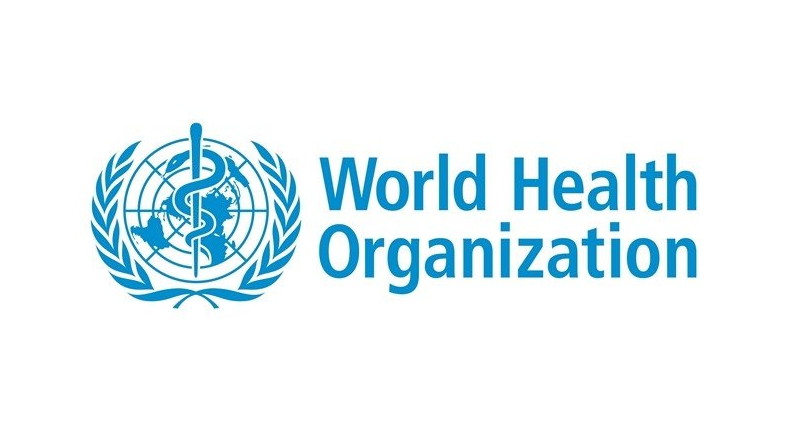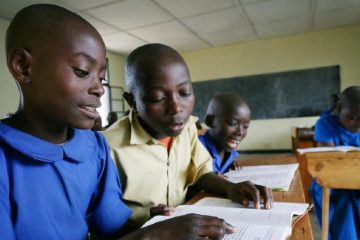Children Who Have Difficulties Learning Are Being Left Out

One in five kids may have learning differences, which means they struggle because their preferred learning style doesn’t align with how schools and teachers typically approach education. They include students with neurological processing challenges like attention deficits, sensory processing disorders, and executive function challenges, as well as students with specific learning disabilities like dyslexia, dyscalculia, and dysgraphia. There is a lot of talk about how common learning differences are, but not nearly as much about how to help those who have them. Hundreds of thousands of children who are #BorntoLearn are being held back because their learning differences are not being acknowledged and there is a lack of data to support this.
The persistently low levels of learning since 1980, as documented by the GEM Report, can also be explained by learning differences (LD). In addition, the 2022 Spotlight Report notes that many children drop out of school or never attend again because they are unable to learn under the formal system’s predominate pedagogy and classroom conditions because of unrecognized and unaddressed learning differences. Responses from the education system to COVID-19, including strategies for maintaining learning remotely, will be monitored and analyzed by Education.org beginning in 2020. The results of our worldwide survey showed that very little was known about students with learning disabilities. Through our investigations, we learned that hardly any information was being shared about LD students. As a result, it was difficult to draw any conclusions about how they were doing academically during the height of the pandemic.
Furthermore, we aimed to answer the questions, “How many of these children drop out of school because of learning differences?” and “How well are Accelerated Education Programmes serving children with learning differences?” in our evidence synthesis on AEPs. We still don’t know after reviewing the largest ever compilation of evidence for accelerated education programmes, including both published and unpublished sources.
Overall, 45 AEPs were covered, bringing to light numerous successful cases of how accelerated education has helped children and youth who are currently not in school. Unfortunately, we were unable to locate any data regarding the extent to which AEPs are helping non-traditional students with learning disabilities. Neither did we find acknowledgement of LD as a critical facet of marginalization and the ways in which it intersects with other factors such as gender, socioeconomic status, ethnicity, and migration status. The nature of the data gap, its causes, and the steps that must be taken to meet the needs of millions of children who are currently going unmet are all questioned in this talk.
How big is the problem, exactly? According to the World Health Organization, 15% of the global population has a disability, but there are no global statistics on the prevalence of learning disabilities, nor are there statistics for most countries in the global South. UNESCO, however, claims that “up to 6,000” of Thailand’s annual newborn population “could have some form of learning disability, most commonly dyslexia.” This represents 4,000 children per year. One in five American kids have difficulties with learning and attention, according to the US National Center for Learning Disabilities, but only a fraction of those kids are formally diagnosed with LD at school. Educators, policymakers, parents, and the general public all share a common lack of understanding of learning differences.

Mekonnen found that in his study of Ethiopian educators, neither pre-service nor in-service education had provided them with any training on how to identify or support students with learning disabilities. Overcrowded classrooms make it difficult to notice learning differences if teachers aren’t prepared to do so. Low awareness also exists regarding the existence of strategies and practices that can aid children with LD, interventions that are tailored to each child’s unique learning differences and may include targeted skill instruction, accommodations, compensatory strategies, and self-advocacy training.
False beliefs about LD can be harmful to children, so it’s crucial that the knowledge gap be closed. It’s common to attribute learning difficulties to a lack of intelligence, a lack of resources, or a lack of drive on the part of the learner. Reasons abound for why screening and diagnosis are difficult. According to the KIX report on assessment tools for education, “Appropriate classroom-based assessments for children with disabilities are often lacking, and the resources to make the required modifications to the environment and pedagogy are often insufficient.” As a result, people with learning differences often experience multiple forms of marginalization at once, including economic, geographical, racial/ethnic, and linguistic. Because of this, diagnosis and treatment become more challenging. The lack of data and awareness is also exacerbated by the critical shortage of specialists trained to identify and treat learning differences, the absence of locally relevant assessment tools, and the prohibitive cost of individual assessments.
See Also: French President Macron Suggests Significantly Increasing The Defence Budget
Due to these factors, it is highly unlikely that the data gap on LD will close anytime soon. However, political figures can play a pivotal role in generating interest and action. Policies, guidelines, and industry plans can all be used to formally acknowledge the problem. They can collaborate with the expanding network of nongovernmental organizations (NGOs) and healthcare professionals around the world. Among these is FANA-Ethiopia, an Ethiopian nonprofit whose mission is to aid children with learning and communication disorders by increasing public understanding of these conditions and facilitating their access to appropriate services. Similarly, the Luminos Fund is working on a set of resources to help teachers in low-resource settings in Ghana spot students who may be at risk for a learning disability.
Based on the evidence we gathered, we were able to pinpoint key areas where the government can take action to better support OOSCY in their pursuit of education and their eventual integration into conventional educational settings. The government can begin meeting the needs of people with hidden learning differences in each of the following areas of focus.
Leave a reply
You must be logged in to post a comment.









